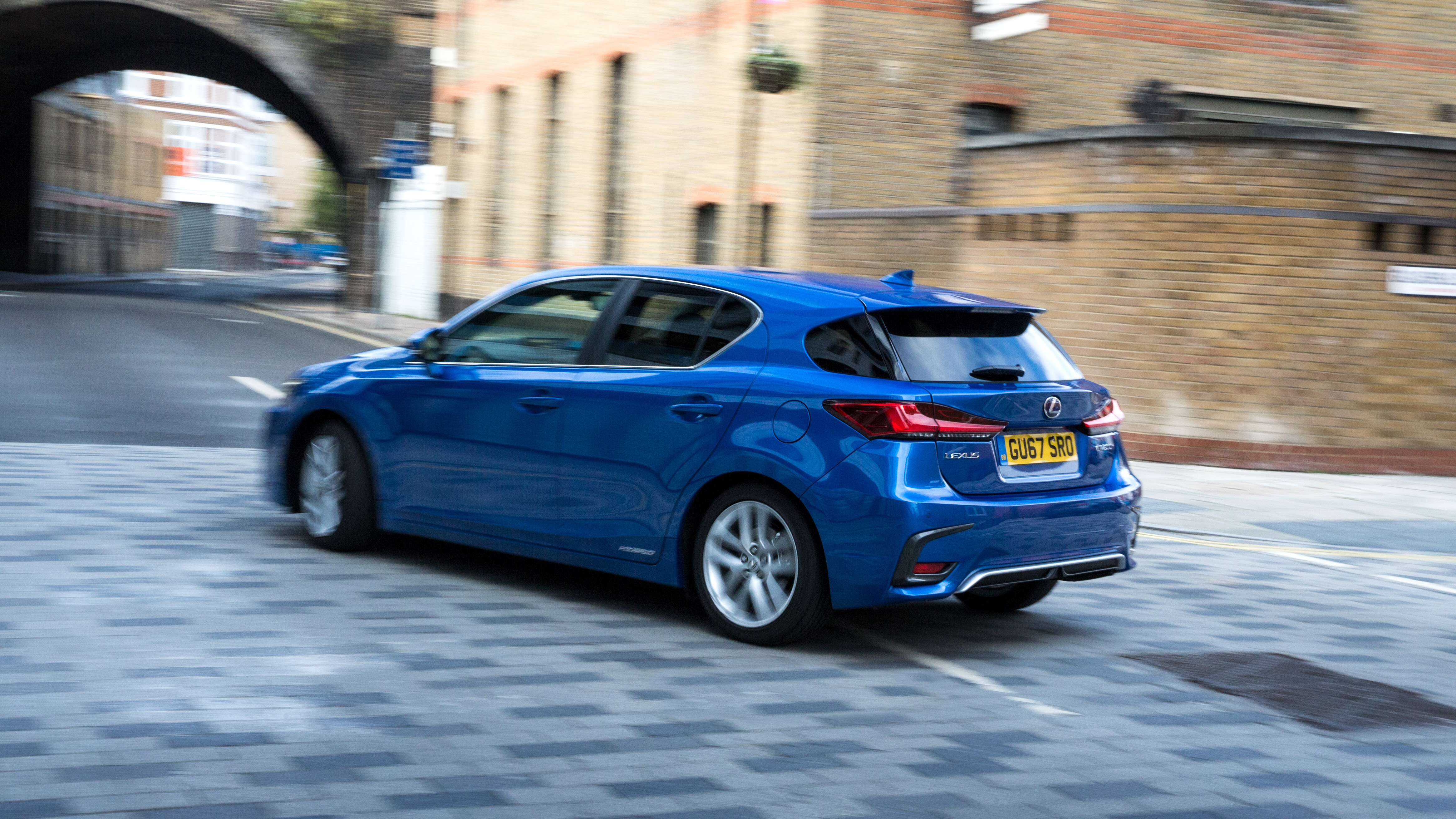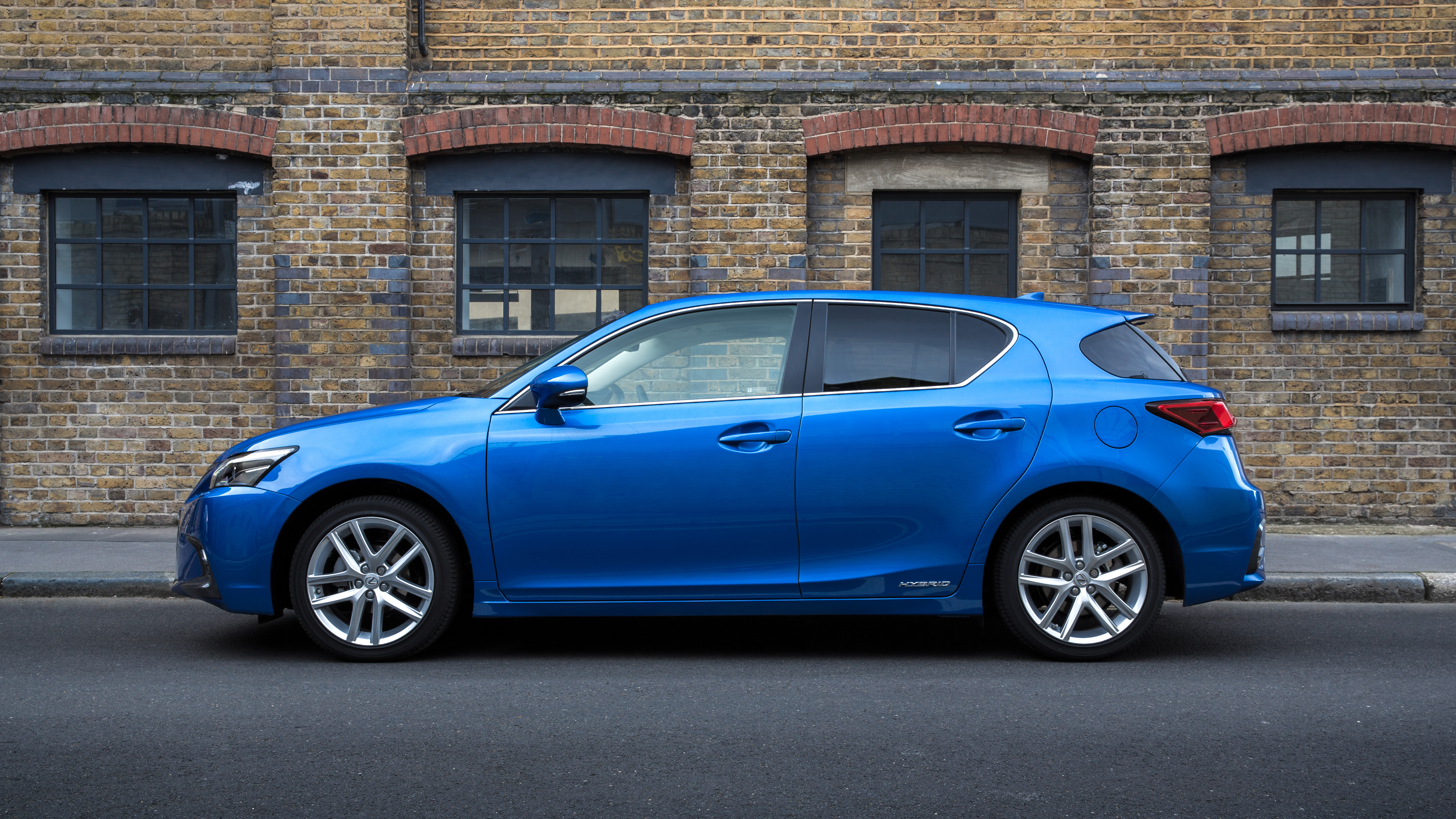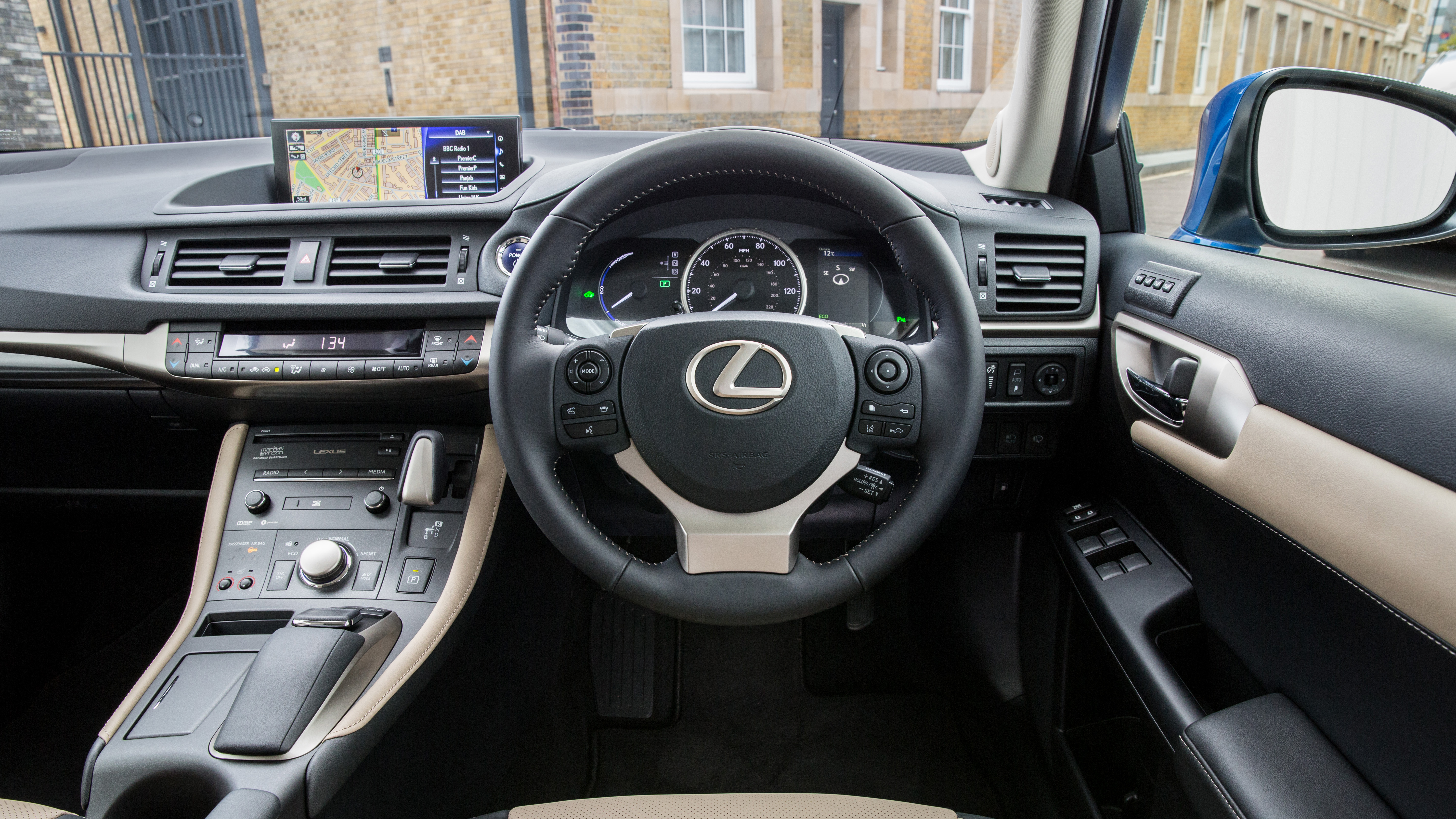Lexus CT (2011-2020) Review
The Lexus CT was the first premium hybrid hatchback but it's a little long in the tooth now
Strengths & weaknesses
- Efficient petrol hybrid system
- Excellent reliability record
- Well-equipped
- Firm ride on poor surfaces
- Sluggish performance
- Clunky interior software
The Lexus CT can make a genuine claim to be a groundbreaking car. When it was first launched in 2011, it was the first premium hatchback to go on sale with a hybrid powertrain, taking on diesel versions of the Audi A3, BMW 1 Series and the Mercedes A-Class.
When it was launched, the CT looked stylish and, as a hybrid, piqued the interest of many buyers, to the extent that it became the best-seller in the Lexus model range.
However the CT is beginning looking a little long in the tooth, with this model going through a second facelift in 2017. Theose latest changes were hardly substantial, with only a collection of very mild of nips and tucks sharpening up the CT’s nose and rear.
Lexus' spindle grille remains the centre piece of a redesigned front end, with LED headlights and daytime running lights being introduced. There are also new lights at the back, with new alloy wheel designs also being added.
The interior also recieved attention in 2017 and remains comfortable and usable. All trim levels bar the entry level spec benefit from leather upholstery giving the cabin a high-quality, upmarket feel. There's plenty of space too, with enough room for four adults to sit comfortably.
Storing batteries underneath the boot ought to compromise the size, but 375-litres is still superior to all of its rivals except the Audi A3 (not including the plug-in hybrid e-tron variant) and it’s large enough for a few weekend bags or the weekly shop.
One drawback in the cabin is the CT's media system, which has a 7-inch screen as standard in most versions, or a 10.3-inch screen for the higher trim levels in the range (and as an option on Luxury and F Sport trims) after the late 2017 revisions. Lexus has opted for a centre-console-located mouse-like controller for the system, but it feels slow, clunky, inaccurate and – worst of all – distracting. It also now feels terribly outdated, in the modern era of touchscreens and voice control.
The petrol-electric hybrid was a breakthrough when the CT was launched, but there was always the suspicion that some of the diesels in the the 1 Series and A3 line-ups were a match for it in the efficiency stakes. The subsequent arrival of the Volkswagen Golf GTE and Audi A3 e-tron – which are plug-in hybrids (the CT relies on regeneration and energy management systems to top up the battery) – has challenged Lexus’s position, with both claiming lower CO2 emissions and better fuel consumption figures.
Both the Golf GTE and A3 e-tron also make use of a highly usable 1.4 petrol engine, coupled with a dual-clutch gearbox that beats the CT’s continuously variable transmission (CVT) hands-down.
Lexus made a great deal of noise about the CT’s apparent sporty handling (especially in F Sport guise), but it’s certainly fallen behind rivals in that department. It doesn’t feel particularly well balanced either (possibly due to the added bulk of the batteries) and seems to lack grip in fast corners. Overal the CT is not a particularly comfortable car to drive. The steering is too heavy, and the ride is also too firm, two attributes that work to undermine the relaxed nature of driving a hybrid around town.
The good news is that post-2017 models come with Lexus Safety System+, which offers buyers a suite of the latest safety technology, plus the CT has a superb reputation for reliability, so there should be very few problems day-to-day.
The Lexus CT is certainly an interesting car with, several elements to challenge in the premium hatchback market – especially now that there’s so much uncertainty about diesel variants. It rather blots its copybook with its on-road characteristics and clumsy media system, but low running costs and exemplary reliability will be appealing to many consumers.
Key facts
| Warranty | 3 years / 60,000 miles |
|---|---|
| Boot size | 375 litres |
| Width | 1765mm |
| Length | 4355mm |
| Height | 1455mm |
| Tax | £100 in first year, £140 thereafter |







